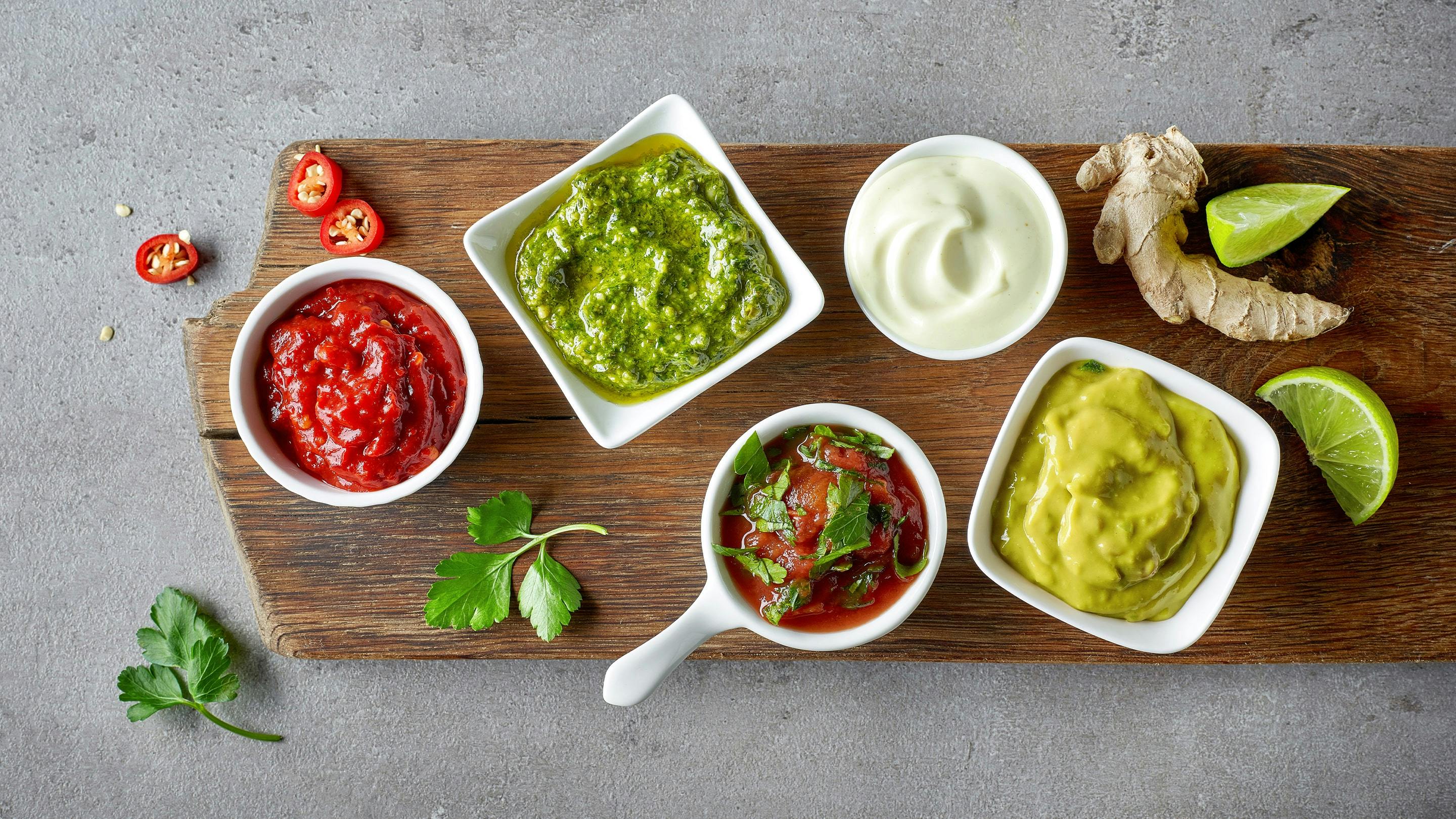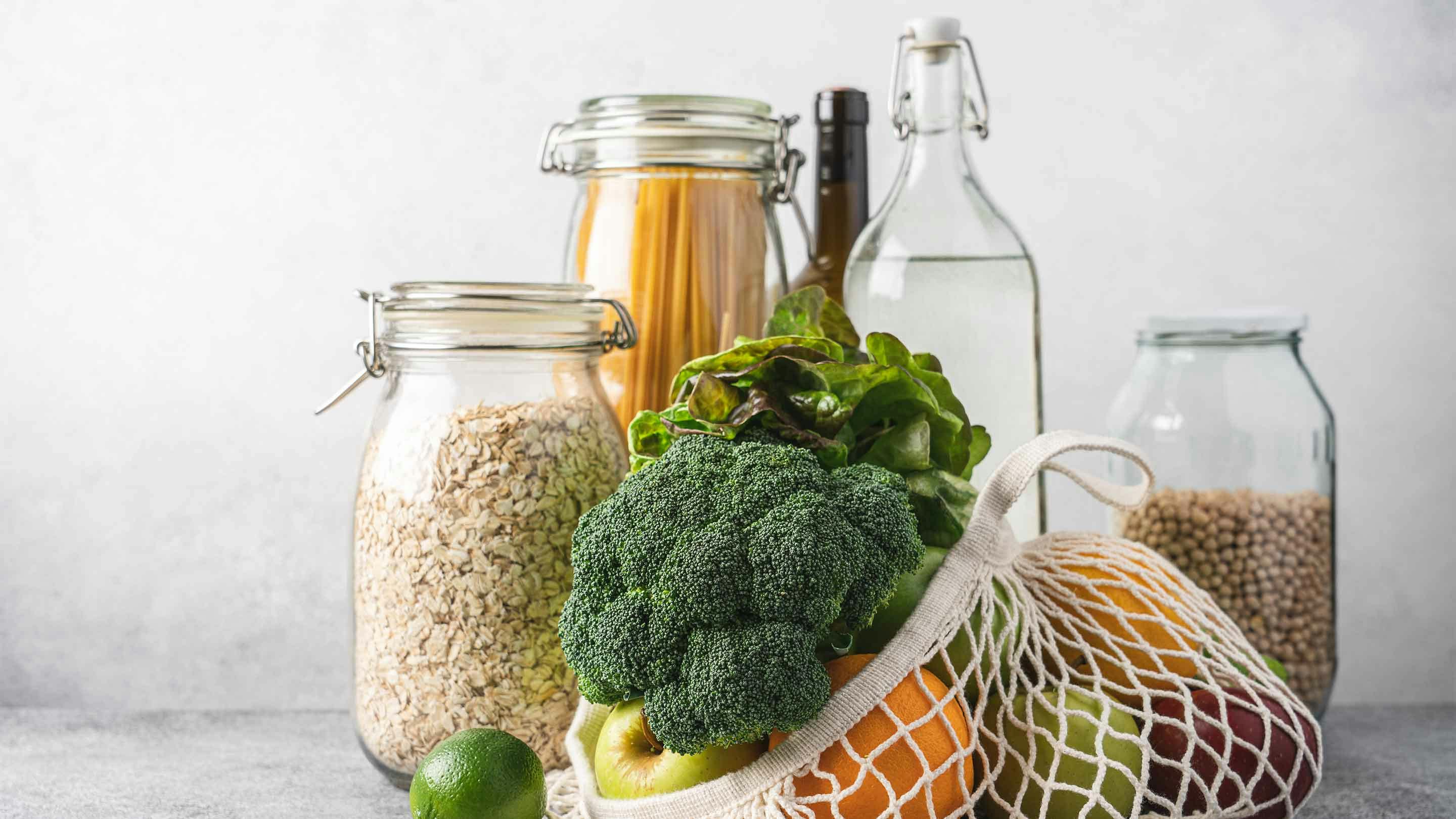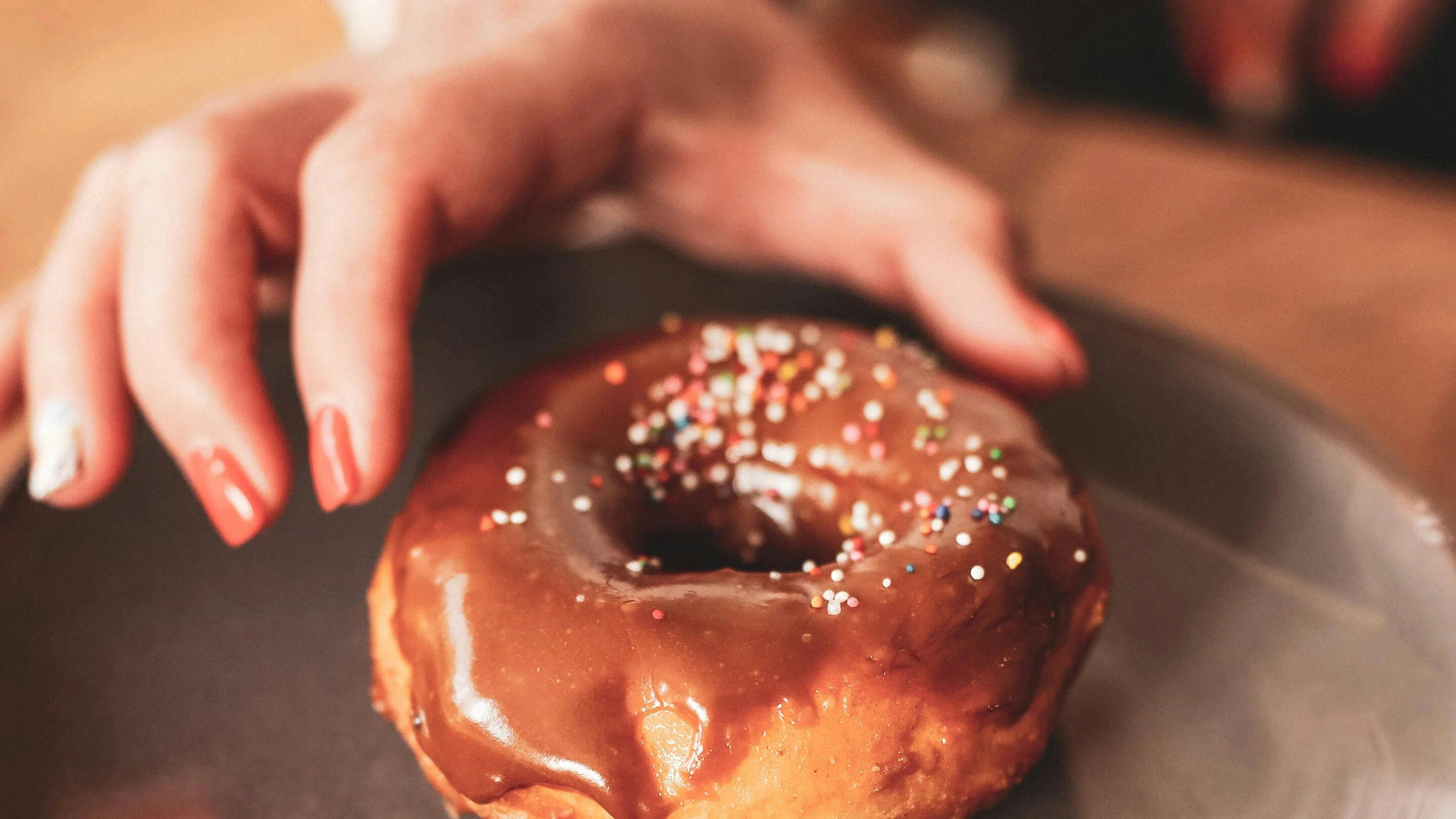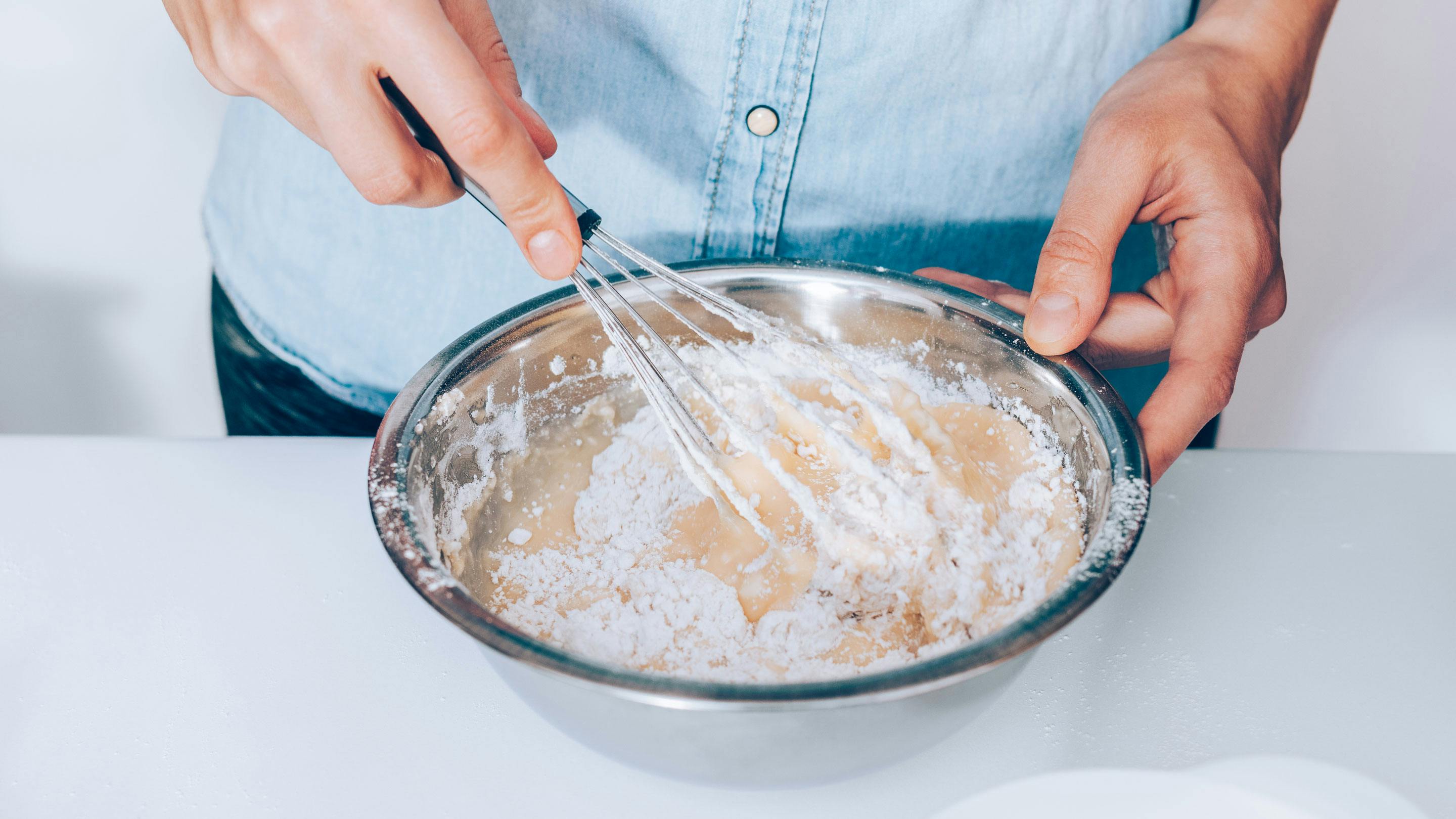
Mmmmh, what a lovely smell!
Time to get baking: Explore everything about gingerbread and become a pro!
You can wear it around your neck in the shape of a heart, glaze it with smooth chocolate, cut it out and decorate it with almonds, and even build houses out of it: Gingerbread is so versatile - and so magical. We delve into the origins of its magic and give you tips on how to make it even more enchanting.
During the Christmas season, the world is wrapped in festive colours and scents. Gingerbread is often responsible for this, and it has been a feature of Advent in Central Europe for centuries. “Lebkuchen”, as it’s called in German, has been known in various Middle High German variants since the 13th century. The word “Leb” is less about life and more about the flat cake, the bread or the “loaf”.
Long-lasting taste
Long shelf life has always been one of the great advantages of gingerbread. The fact that the gingerbread dough hardly contains any easily perishable ingredients means that you can enjoy it for a long time. This was already appreciated in Ancient Egypt, where people began mixing honey with spices and bread dough. A similar recipe was chosen by the monks in medieval Europe, who also prescribed gingerbread as a remedy. The tradition of baking gingerbread spread throughout Europe, with each country developing its own variations. People appreciated not only that gingerbread could be baked in stock, but also its delightful taste.
The gingerbread is known by different names in different countries and regions – even in the German-speaking world, there are a lot of different expressions. “Labekuchen” or “Lebenskuchen”, for example, can be found in the south and west of Germany, while in the east the term “Pfefferkuchen” has become established. Pepper cake comes from the fact that all exotic spices used to be grouped together under the name “pepper”. In English, gingerbread is known as “gingerbread”. Incidentally, the baking of gingerbread used to be a craft in its own right, which was the job of the Lebküchler or Lebzelter. Even today, you can still find many gingerbread bakeries.
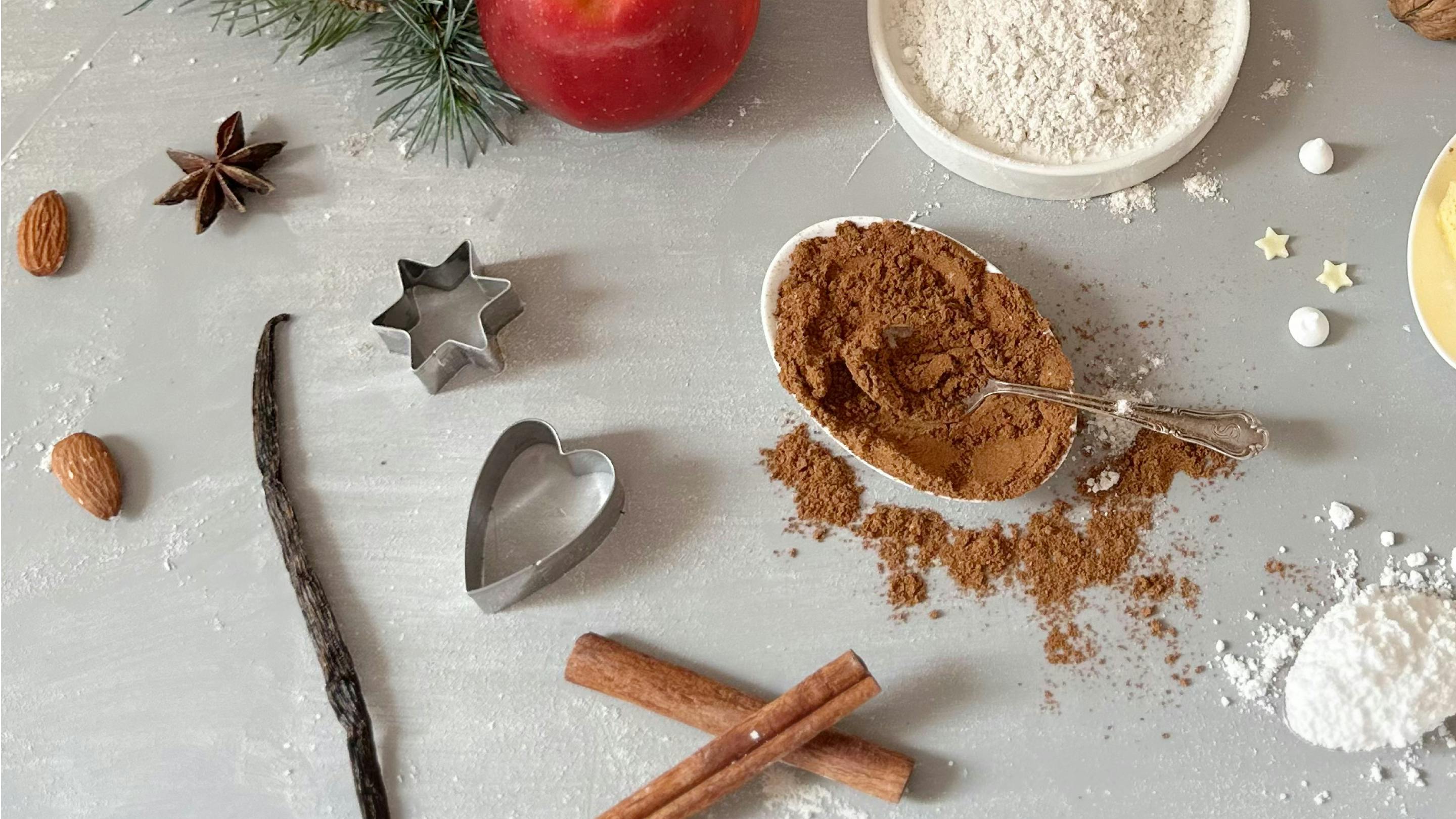
The recipe for happiness
Gingerbread consists of a few basic ingredients and a finely balanced mixture of spices. Flour, sugar and honey are all part of the dough, with eggs occasionally added for flavour. The characteristic taste only comes with the selection of spices. Cinnamon, ginger, cloves, nutmeg and aniseed play the main role. The spices vary depending on the region and personal taste. In any case, the composition of the spice mix also inspires the joy of experimentation.
If you want to play it safe, you can use already prepared spice mixtures. At Kotányi, for example, we swear by our tried and tested honey gingerbread spice mix, which consists of a total of eleven ingredients: Cinnamon, nutmeg, coriander, ginger, fennel, cloves, allspice, aniseed, star anise, pepper and cardamom seeds provide the unique taste and the unmistakable aroma that immediately creates a Christmassy atmosphere.
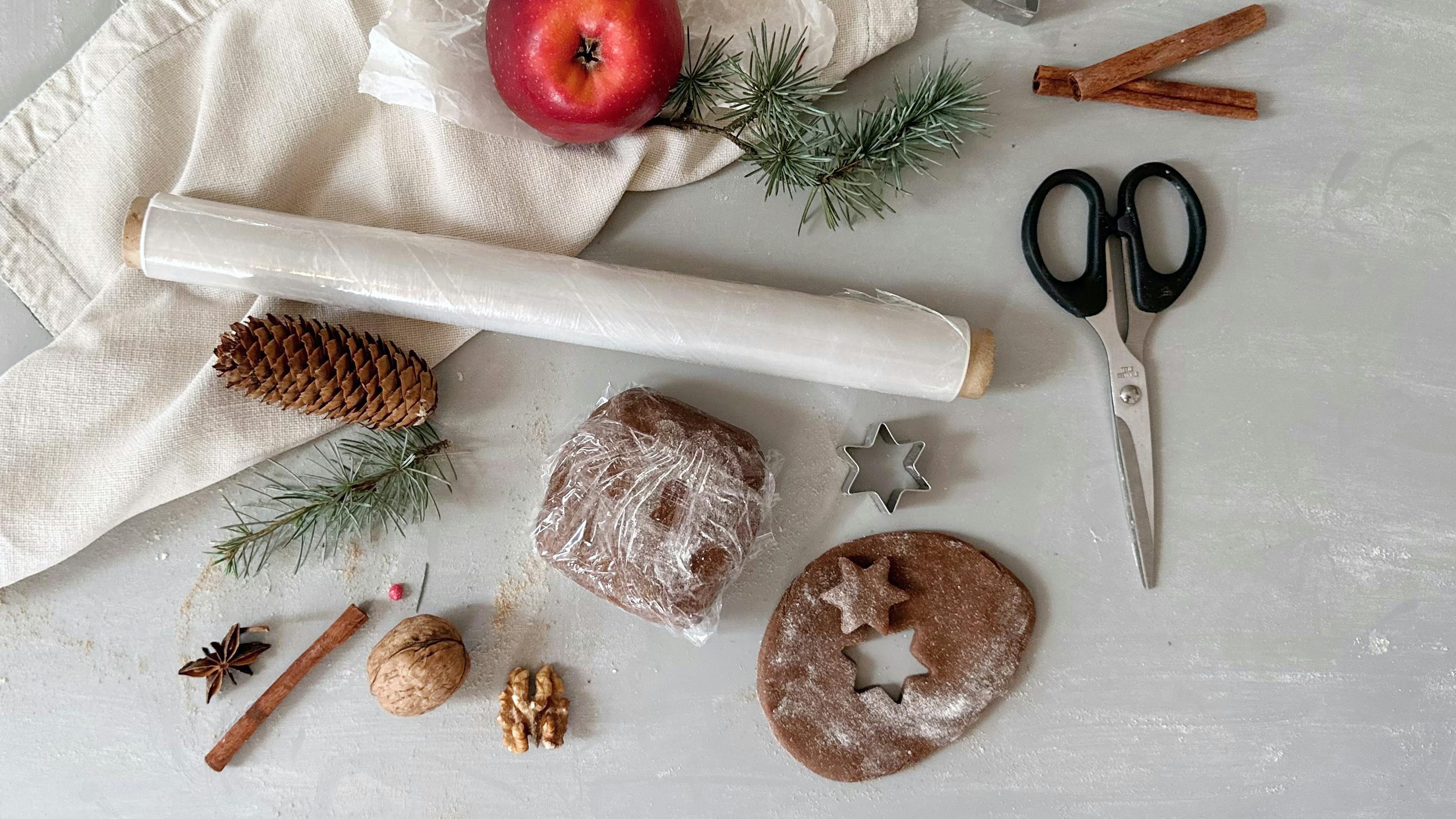
The perfect gingerbread
If you want to make delicious gingerbread, you need a little patience – but the result is worth all the effort. A few tips will surely help you to perfect your gingerbread.
Use high-quality ingredients! Clearly, the spices you use are important. Make sure the spices are fresh and of the best quality (don’t use last year’s gingerbread mix) to give your gingerbread an intense flavour. But don’t skimp on the quality of the honey either – it serves as an important flavour carrier.
Give the dough time to rest! During the Christmas season, you might want to slow down a bit. This also applies to gingerbread baking. The longer the dough rests, the more you will enjoy the finished gingerbread. Let it sit for at least an hour, or prepare it in the evening and leave it covered with cling film overnight. If you have the chance, you can let the dough rest for even longer – up to several days!
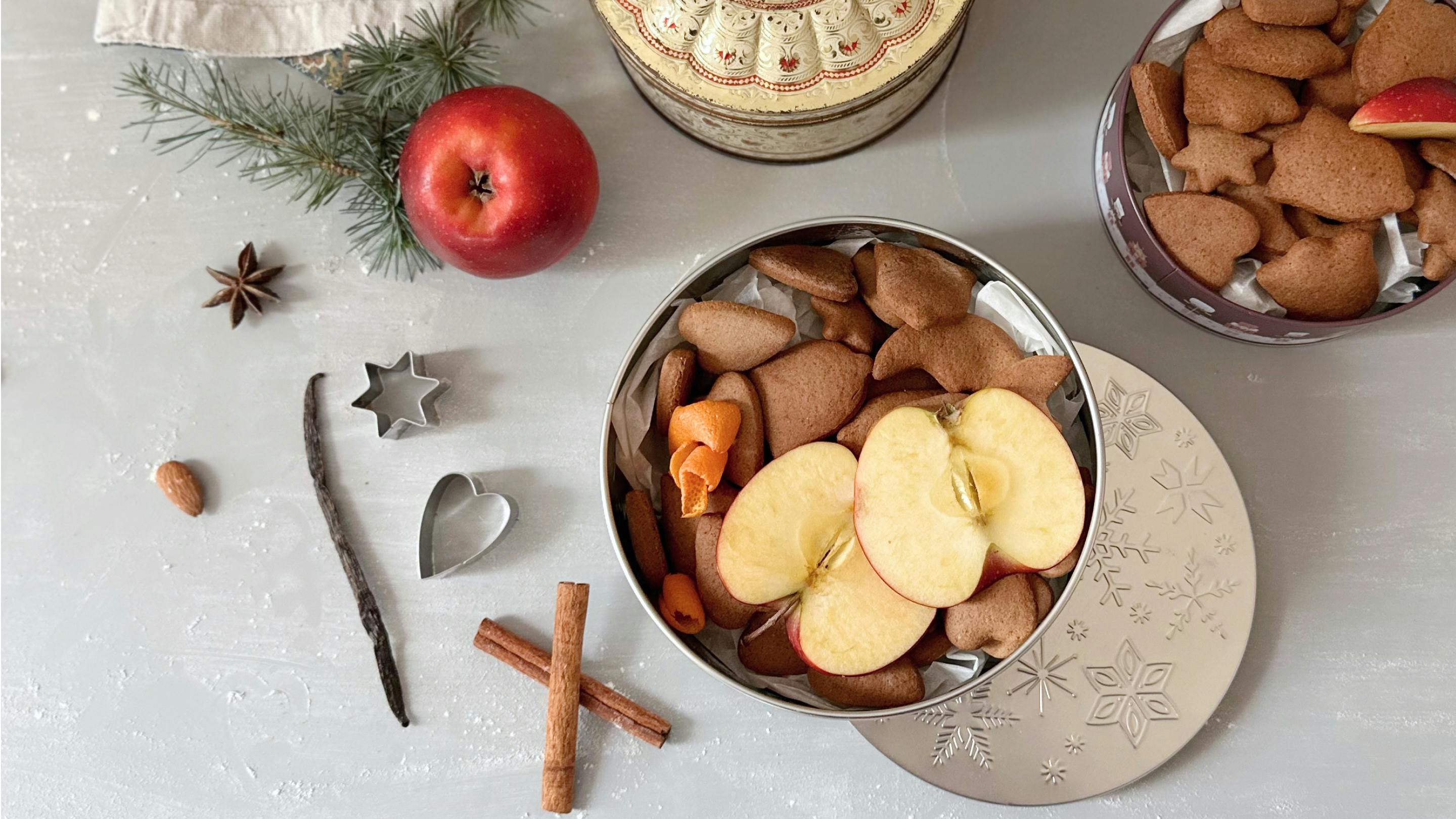
Bake at low temperatures! Similar to the dough, don’t rush it. It is better for the gingerbread to be baked at low temperatures so that it remains nice and moist on the inside. The exact baking time always depends on the thickness of the dough. How to know when you can take it out of the oven? Press your finger on the dough and watch what happens. If the dough goes back to its original position after applying the pressure, it is all done. If the dimple remains, the dough still needs some baking time.
Put it in a box! Once you have finished baking the gingerbread, it is usually hard. Humidity ensures that it becomes pleasantly soft after a few days. It is best to put the cooled gingerbread in a biscuit tin and place half an apple/orange (replace daily!) with the peel facing downwards. This not only gives the gingerbread a fresh scent, but also makes it soft and juicy.
We wish you lots of happy baking and a wonderful Christmas season!
Spice up the web! Share this article on...
Read more
Currently Viewing: 1 of


